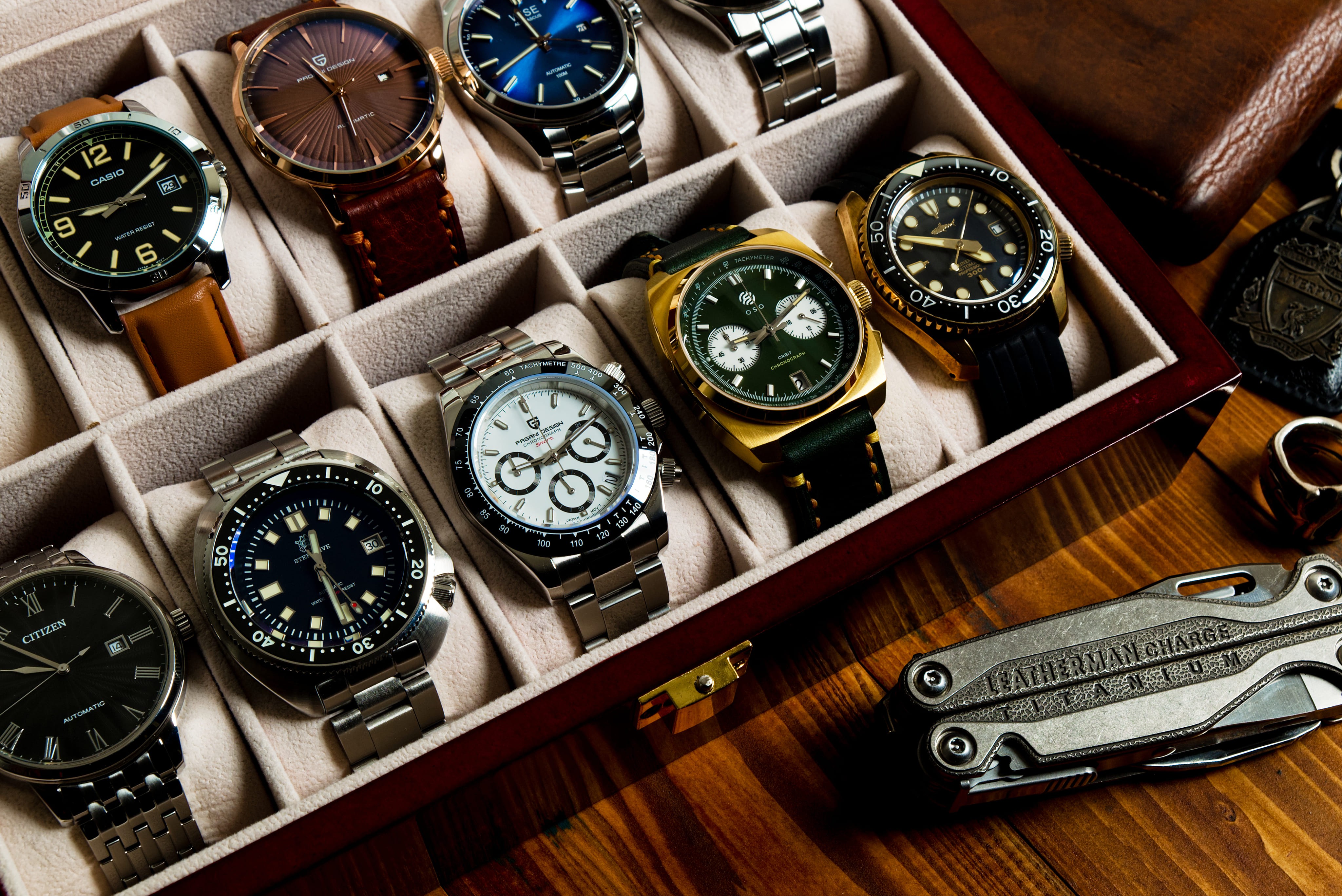The Market for Luxury Jewelry
The luxury jewelry market is not just a playground for the affluent—it’s a serious arena for investment. According to Bain & Company, the global luxury jewelry market was valued at approximately $31 billion in 2024, with a projected growth rate of 4–5% annually. This resilience is fueled by the market’s dual nature: offering both aesthetic pleasure and financial appreciation.
Jewelry that tells a unique story or introduces innovative design elements tends to appreciate more over time. Designers like Virgil Abloh and Takashi Murakami have proven that integrating unexpected, unconventional details can make pieces highly sought-after. Drake’s pendant, with a more kinetic or interactive element, could have positioned itself as a pioneering work in this evolving space.
Understanding Collector Behavior
Collectors in the high-end space aren’t just purchasing beautiful objects—they’re building legacies. They seek rarity, craftsmanship, and distinctive narratives that elevate a piece beyond its material value. Jewelry that incorporates movement or unconventional gemstone arrangements often resonates with these buyers, offering both artistic and experiential appeal.
Price Trends and Acquisition Strategies
Luxury jewelry prices often follow broader economic trends, but design innovation and brand storytelling can create sharp spikes in demand. For example, Tiffany & Co.’s whimsical “Bird on a Rock” brooch drove interest in similar pieces, increasing auction prices by nearly 20%, according to Sotheby’s.
For investors, the most compelling acquisitions often combine artistry with originality. Platforms like WAX Collect can be invaluable for spotting these opportunities early and tracking demand patterns.
Conclusion: Design as the Ultimate Value Driver
Drake’s Ice Box pendant stands as a testament to his taste for luxury and exceptional craftsmanship. Still, in the competitive world of investment-grade collectibles, the most sought-after pieces are those that merge technical mastery with bold, innovative storytelling.
In a market where every detail matters, the story behind a piece can be as valuable as the materials that compose it. For collectors and investors alike, the greatest returns come from designs that capture both the eye and the imagination.







